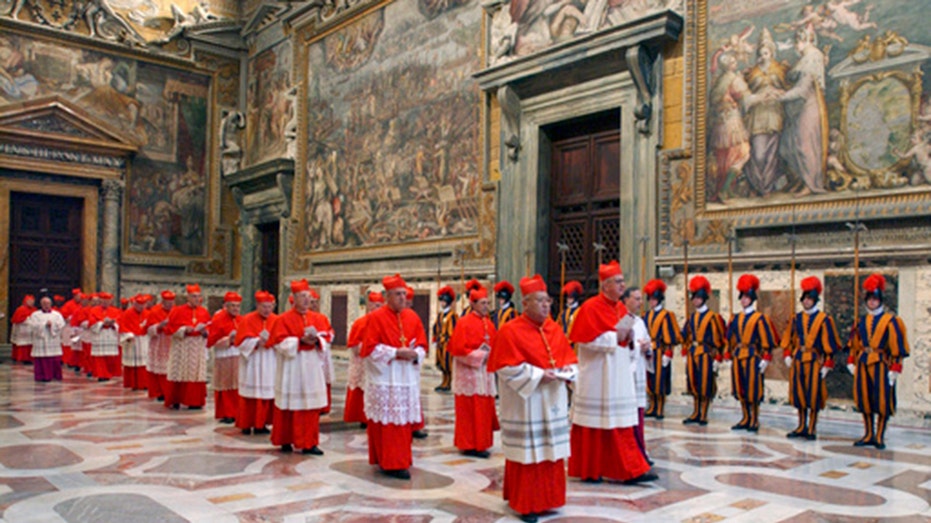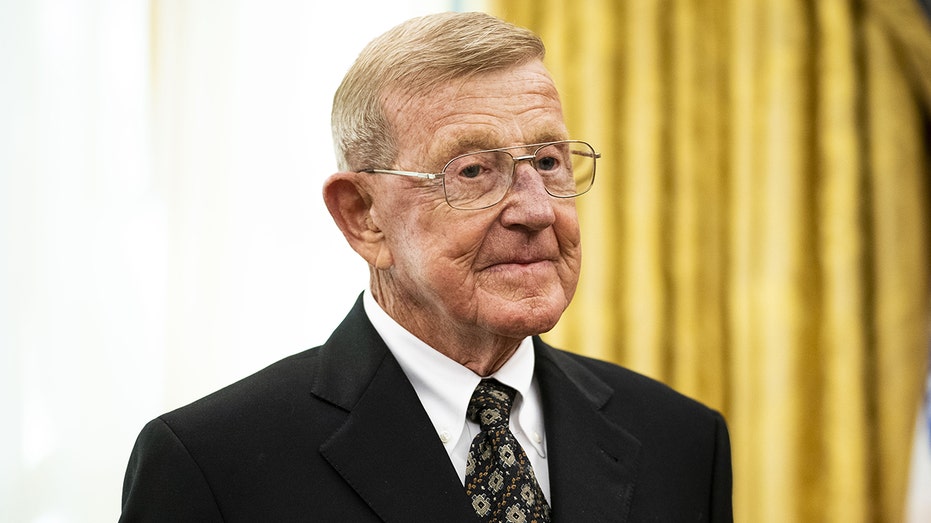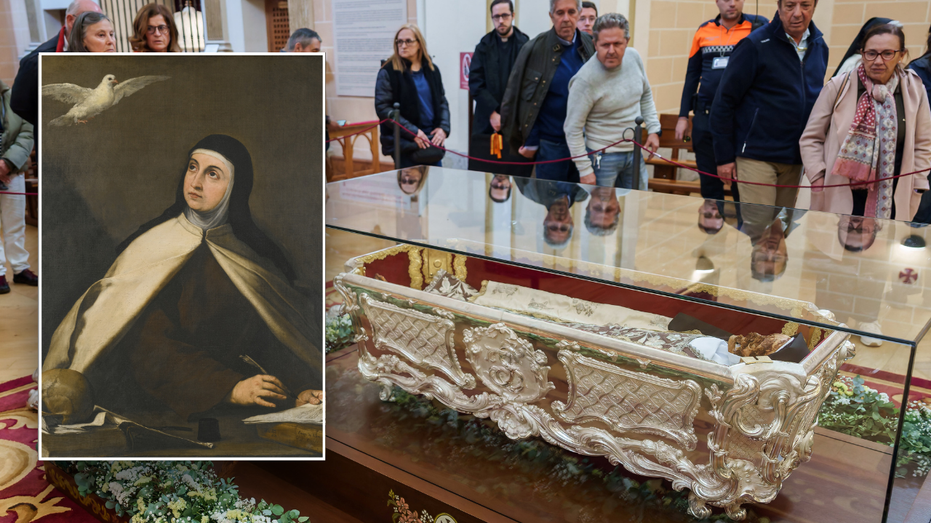Locked Doors and White Smoke: The Secretive Ritual of Choosing a New Pope

Sarah Johnson
April 21, 2025
Brief
Discover how the Catholic Church elects a new pope through the secretive papal conclave, from locked doors in the Sistine Chapel to the iconic white smoke announcement.
When a pope passes away, the Catholic Church doesn’t just send out a memo announcing the next leader. Instead, the process of electing a new pope is steeped in centuries-old ritual and heavy symbolism, known as the papal conclave.
Since at least the 13th century, the College of Cardinals has gathered in the Vatican to vote for the next pope. But not just any cardinal can cast a vote—only those under the age of 80 are allowed, and the number of voting cardinals is capped at 120. So, despite there being over 240 cardinals worldwide, the voting club is pretty exclusive. Talk about a senior discount with a twist.
After a pope's death, most Vatican officials lose their posts, except for a crucial handful like the foreign minister and the master of liturgical ceremonies. These few help organize the conclave and keep things running smoothly in the midst of change.
The conclave itself takes place in the iconic Sistine Chapel. Here, the cardinals are literally locked in—no phone calls, no outside news, and not even a peek at social media. The word "conclave" comes from the Latin for "with key," and they aren’t kidding: cardinals are isolated from the world until a decision is made.
Speed is of the essence. The cardinals begin voting on the very first day, and continue every morning and evening until someone secures the papal majority. The goal? Keep the Church without a leader for as short a time as possible.
Traditionally, the new pope is chosen from among the cardinals themselves, although in earlier centuries, outsiders could snag the job. The process kicks off with a special Mass at St. Peter’s Basilica, where the cardinals ask for the Holy Spirit’s guidance—spiritual backup for one of the world’s most consequential decisions.
Voting is strictly by secret ballot. Each cardinal writes down his choice, walks up beneath Michelangelo’s Last Judgment, and drops the ballot into a chalice. With the fresco overhead, the gravity of their task is hard to miss.
To win, a candidate needs a two-thirds majority. While most voting cardinals today were appointed by Pope Francis, there’s still a rich diversity of backgrounds and opinions in the room, making consensus anything but automatic.
After each round, ballots are burned. If black smoke rises from the chapel chimney, the world knows there’s no decision. But when white smoke curls into the Roman sky, Catholics everywhere get their answer: a new pope has been chosen.
Once a cardinal receives enough votes, he’s asked if he accepts the role. If yes, he chooses a papal name—like when Cardinal Jose Mario Bergoglio became the first to call himself Pope Francis.
Finally, the world is officially informed with the famous words "Habemus papam!"—"We have a pope." The new pontiff then steps out to bless Rome and the entire world, marking the start of a new papal era.
Topics
Editor's Comments
Only the Catholic Church could turn a leadership vacancy into a global drama complete with locked doors, secret ballots, and chimney smoke signals. It’s like 'Survivor: Vatican Edition,' except the winner gets a white robe and a billion followers. The whole process is ancient, mysterious, and—let’s be honest—a little theatrical. At WTFNewsRoom, we appreciate a good tradition, especially when it comes with its own special effects.
Like this article? Share it with your friends!
If you find this article interesting, feel free to share it with your friends!
Thank you for your support! Sharing is the greatest encouragement for us.



